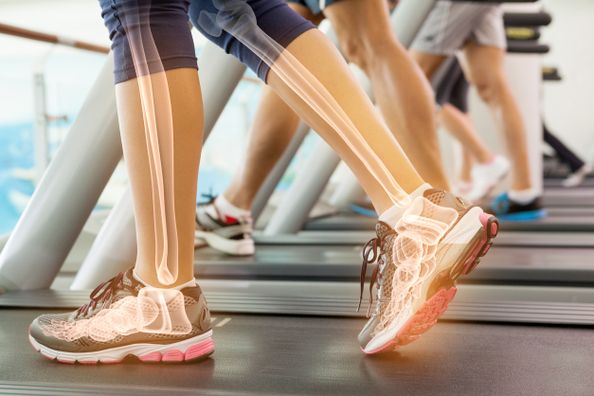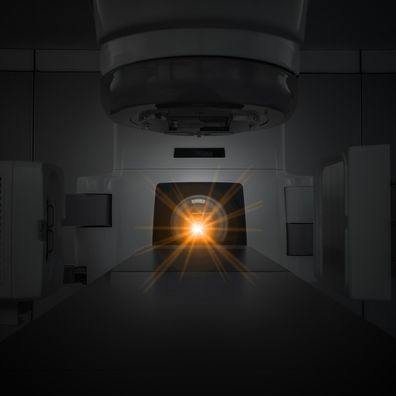
Are you at High Risk for Breast Cancer?
According to the American Cancer Society, 1 in 8 women will be diagnosed with breast cancer in their lifetime. While the biggest risk factors of developing breast cancer are your age and gender — other factors that can also increase your risk include genetic makeup, personal/family history, dense breast tissue and more.









